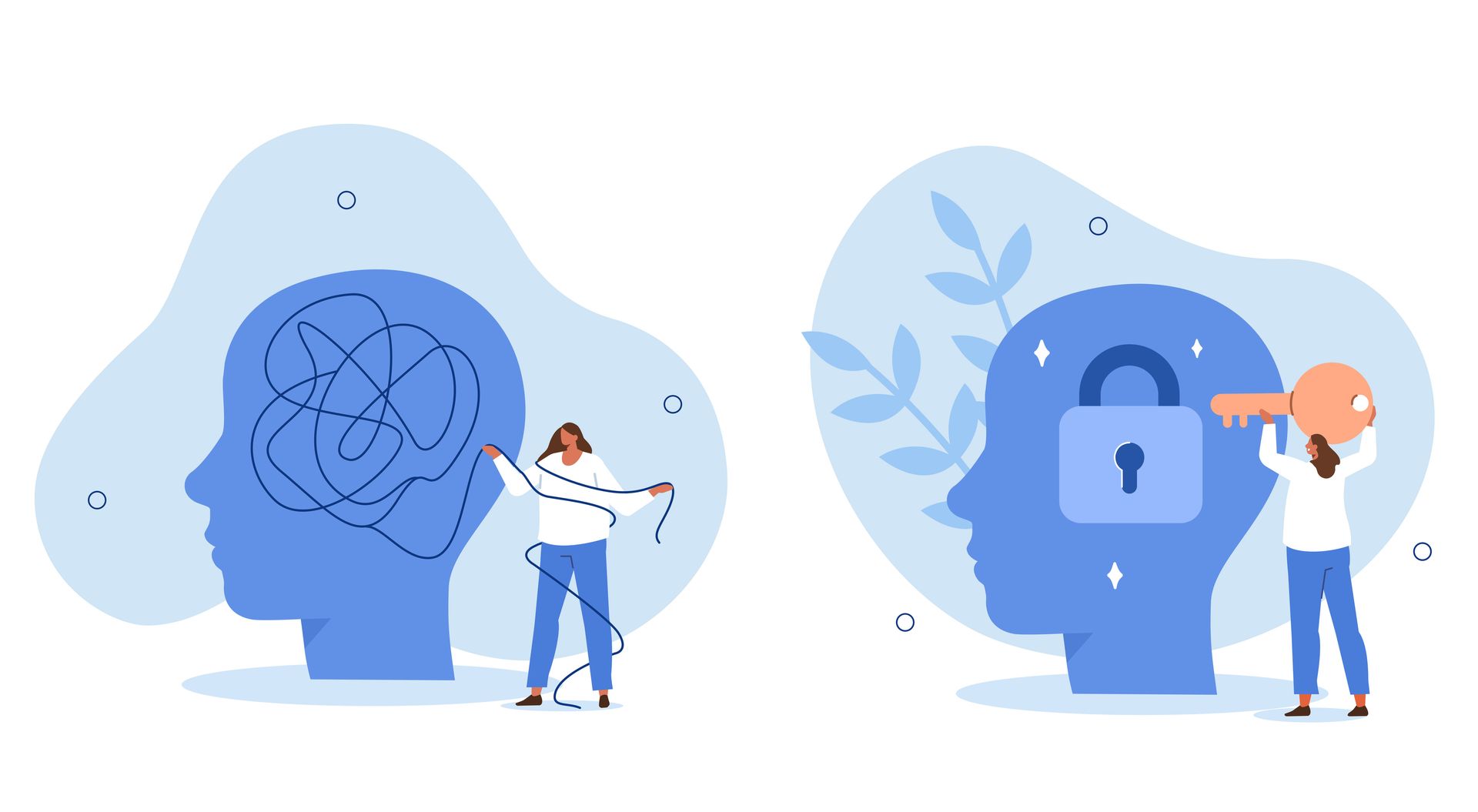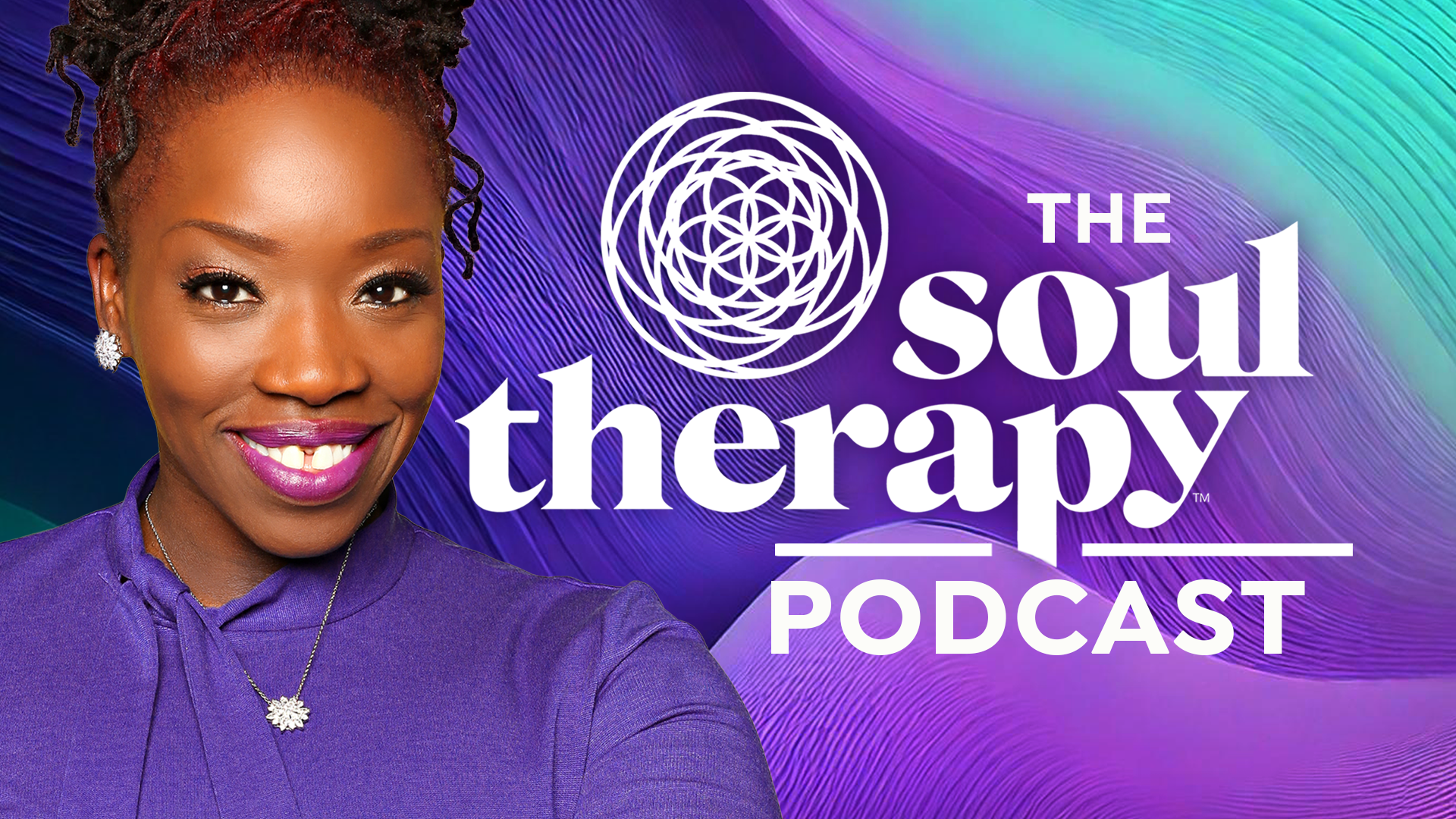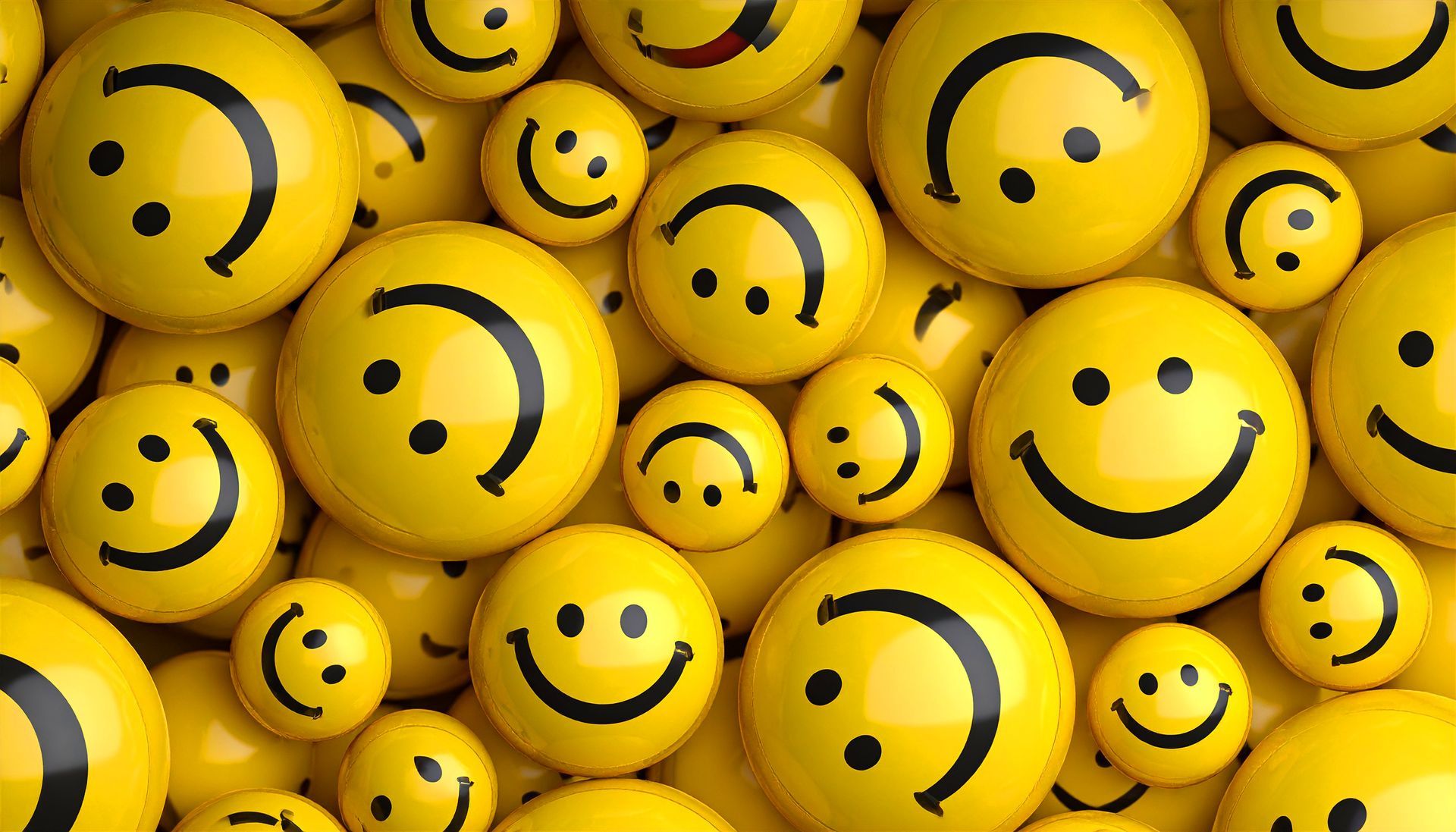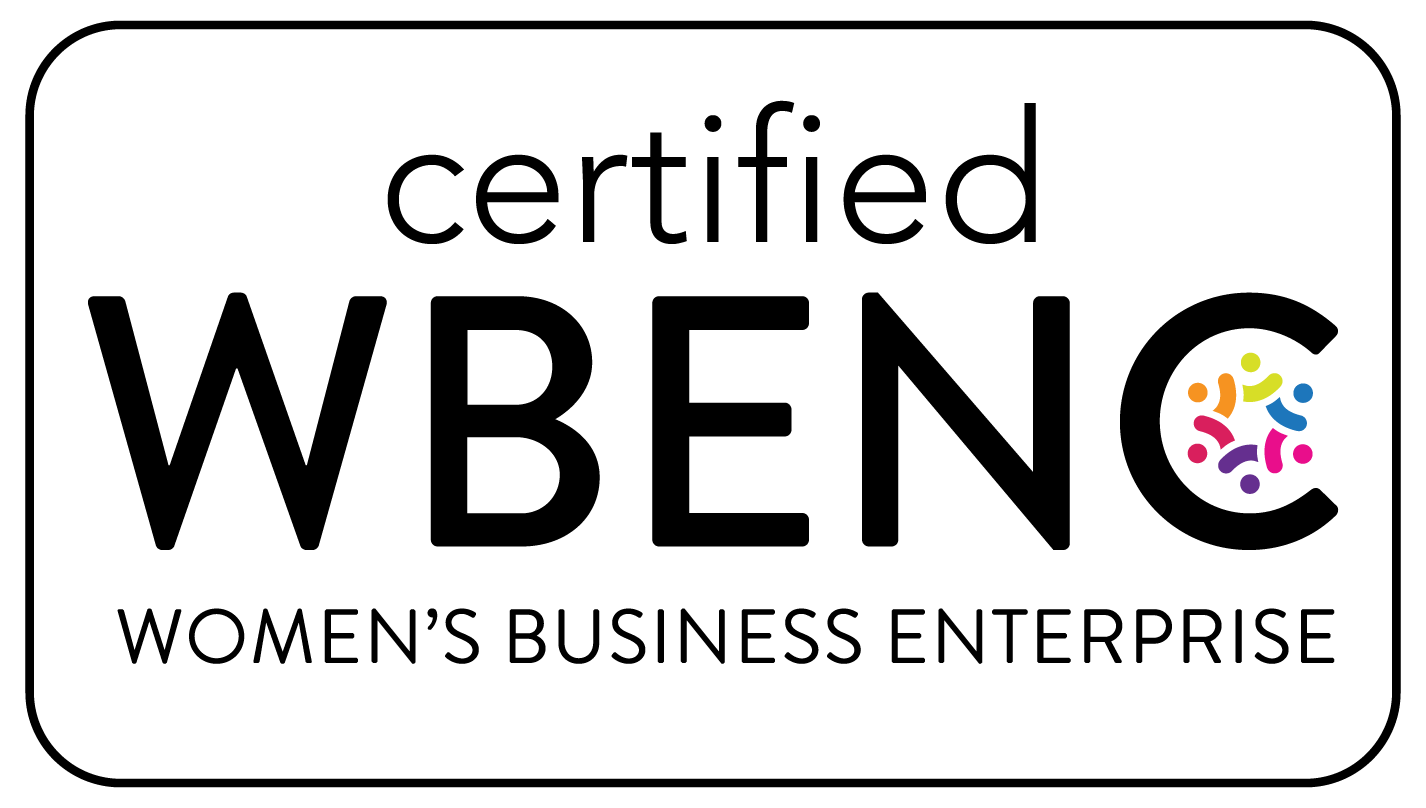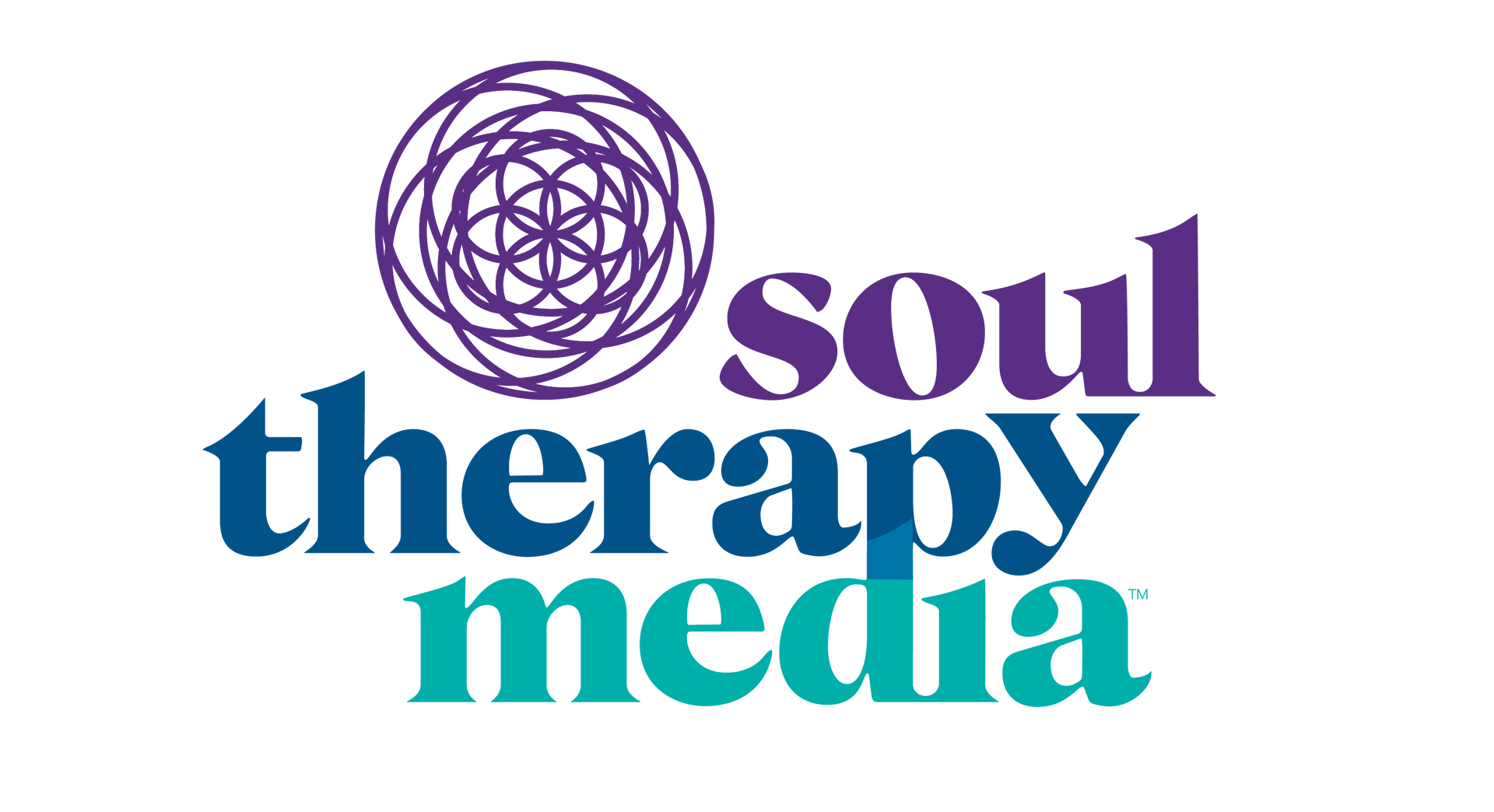Is Your Company Culture Sabotaging Workplace Wellness?
You’ve invested in wellness perks, launched new programs, and said all the right things—so why does your team still feel tired, checked out, and disconnected?
The uncomfortable truth?
If your culture doesn’t support well-being at its core, no list of perks will solve the problem. This is no longer about checking boxes—this is about how people are experiencing your workplace every day.
- Only 23% of global employees are engaged at work, while 44% report feeling significant stress the previous day (Gallup, 2023)
- 92% of workers say mental health support is essential, yet just 43% believe their employer is doing enough (APA, 2023)
- Fewer than 1 in 3 organizations report that their wellness efforts improve performance or retention (McKinsey Health Institute, 2022)
And according to workplace well-being expert Dr. Cathy Wang:
“Leadership must recognize that employees’ mental health is not a side issue, but central to organizational success.”
—EIN Presswire, 2023
These aren’t just numbers—they reflect a deeper truth: people are struggling, and they’re looking to leadership for more than lip service.
What People Really Want at Work
- Most people aren’t asking for perfection. They’re asking for:
- Progress they can see and feel
- Recognition that’s meaningful
- Communication that’s clear, caring, and consistent
- Joy and creativity as part of the process—not just rewards for the outcome
In short, they’re craving a workplace where they matter—not just their metrics. They want to belong without masking. To contribute without burning out. And to work in environments that are designed with humanity in mind. The truth is that you can’t separate well-being from how people work, communicate, and lead.
And the data backs it up:
Employees in high well-being workplaces are 3x more likely to be engaged and 29% more likely to stay long-term.
—Gallup, 2022
These organizations also see higher trust, better performance, and more innovation.
But many wellness programs miss the mark because they isolate wellness from daily life. They offer a workshop or app without changing the environment where people are expected to perform, produce, and show up.
A truly holistic approach integrates wellness into the culture, communication, and core rhythms of the workplace. Here’s how that looks in practice:
1. Support Emotional and Mental Health Through Leadership and Culture
Well-being starts at the top. If your leaders aren't equipped to recognize burnout, hold space for feedback, or model healthy boundaries, no wellness program will be sustainable.
In Practice: Train managers in emotional intelligence and mindful leadership—so they can lead with compassion, recognize red flags early, and create psychologically safe teams.
Research shows that emotionally intelligent leaders reduce employee stress and improve retention.
—TalentSmart, 2023
2. Create Space for Rest, Reflection, and Reconnection
People are not machines—they need time to reset, not just push through.
In Practice: Build recovery and connection into your team’s calendar:
- Introduce “no meeting” zones for deep work and decompression
- Host monthly reflection circles or wellness sessions like sound baths or movement therapy
- Offer mini-retreats or mindfulness breaks as part of the employee experience—not an afterthought
3. Communicate With Empathy and Clarity
Communication isn't just a skill—it’s a wellness tool. When messaging is inconsistent, cold, or transactional, it heightens stress.
In Practice: Align your internal comms with your culture goals. That means:
- Messaging that reflects your values—not just directives
- Leaders who communicate with transparency and care, especially during change or crisis
- Encouraging feedback loops so employees feel heard—not just managed
4. Design Rituals and Experiences That Center Joy and Meaning
Wellness is about creating spaces where people can thrive. Infusing joy, creativity, and celebration into the workplace isn't fluff—it’s fuel.
In Practice: Incorporate team rituals that spark joy and build community, like:
- Employee-led dance breaks or movement classes
- Celebrations that recognize personal growth, not just KPIs
- Space for storytelling, art, and shared meaning in your programs or events
- Joy at work improves resilience and builds social bonds, which increase engagement and lower turnover. —Harvard Business Review, 2021
Bottom line: A holistic approach to well-being is not about doing more—it’s about doing what matters most, more intentionally. It’s about treating wellness not as a benefit—but as a core principle of your workplace culture.
Let’s Rethink What’s Possible
The future of work isn’t just about output—it’s about well-being. And it starts with how you communicate, design, and lead.
What’s one small change you feel could make a big impact on your well-being at work?
—————————————————————————————————————————————————————————————
At Soul Therapy Media, we help organizations build cultures and brands that energize, connect, and sustain. Whether it’s a leadership retreat, a wellness campaign, or an internal culture reset—we help you bring transformation to life.
Contact us at connect@soultherapymedia.com to explore how we can help you lead with vision, communicate with purpose, and design a workplace that supports wellness.
